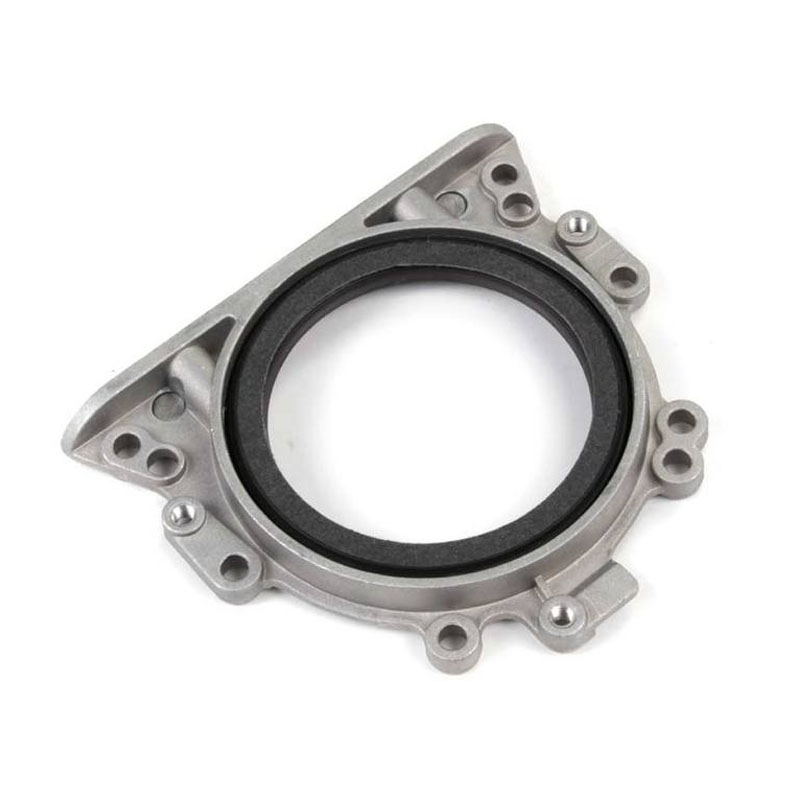engine oil pan gasket
Understanding the Engine Oil Pan Gasket Importance and Maintenance
The engine oil pan gasket plays a crucial role in the functionality and longevity of your vehicle's engine. This component serves as a seal between the oil pan and the engine block, preventing oil leaks and ensuring that the engine remains lubricated. Understanding its importance and recognizing the signs of wear can save car owners from expensive repairs and engine damage.
What Does the Oil Pan Gasket Do?
The oil pan, located at the bottom of the engine, holds the engine oil that lubricates moving parts. The gasket ensures that this oil remains contained within the pan while also sealing in other fluids, preventing contamination and maintaining optimal engine performance. A proper seal is essential, as any leaks can lead to a drop in oil levels, risking inadequate lubrication. This can result in increased friction, overheating, and ultimately, engine failure.
Signs of a Failing Oil Pan Gasket
Over time, gaskets can degrade due to heat, pressure, and exposure to engine oils. Here are several signs that your oil pan gasket may be failing
1. Oil Leaks The most apparent sign is oil pooling beneath your vehicle. If you notice dark, greasy spots on your driveway or parking space, it could indicate a leak from the oil pan gasket.
2. Oil Pressure Warning Light A drop in oil pressure can trigger the warning light on your dashboard. If the oil pan gasket is leaking, the oil level may be low, which can affect pressure.
3. Burning Smell If oil drips onto hot engine parts, it can emit a burning smell. If you detect this odor, it could signal a leak from the oil pan gasket.
engine oil pan gasket

4. Engine Noise Insufficient oil levels due to a leak can lead to increased engine noise. Listen for unusual sounds, such as clattering or grinding, which could indicate lubrication issues.
Maintaining Your Oil Pan Gasket
Prevention is always better than cure. Regular maintenance is vital to prolonging the life of your oil pan gasket and overall engine health
1. Regular Oil Changes Keep to a routine oil change schedule to ensure that your engine oil remains clean and at the appropriate level. This helps reduce wear on the oil pan gasket.
2. Inspect the Gasket During Service Always ask your mechanic to check the condition of the oil pan gasket during routine services. Early detection of wear can lead to timely replacement.
3. Monitor for Leaks Conduct routine checks under your vehicle for any signs of oil leaks. Addressing leaks early can prevent more extensive damage and costly repairs.
4. Use Quality Oil Always opt for quality oil and following manufacturer specifications. Inferior products can lead to quicker degradation of gaskets and other engine components.
In conclusion, the engine oil pan gasket is a small yet critical component that plays a significant role in maintaining your vehicle's engine efficiency. Regular maintenance and prompt attention to any signs of wear can greatly extend the life of this essential part, keeping your engine running smoothly for years to come. By being proactive in your vehicle care, you ensure the health of your engine and enjoy a more reliable driving experience.
-
Understanding the Front Main Engine Seal: Purpose, Maintenance, and Installation
News Jul.29,2025
-
Understanding O-Rings and Seal Rings: Types, Applications, and Custom Solutions
News Jul.29,2025
-
Understanding Crankshaft Oil Seals: Rear Seals, Pulley Seals, and Their Role in Engine Integrity
News Jul.29,2025
-
The Importance of Front and Rear Crankshaft Seals in Engine Performance and Oil Management
News Jul.29,2025
-
Crank Oil Seals: Functions, Types, and Cost Considerations in Engine Maintenance
News Jul.29,2025
-
A Comprehensive Guide to O-Rings and Seals: Types, Materials, and Global Applications
News Jul.29,2025
-
Mastering Diesel and Performance Engine Maintenance: A Guide to Critical Oil Gaskets
News Jul.28,2025
Products categories















